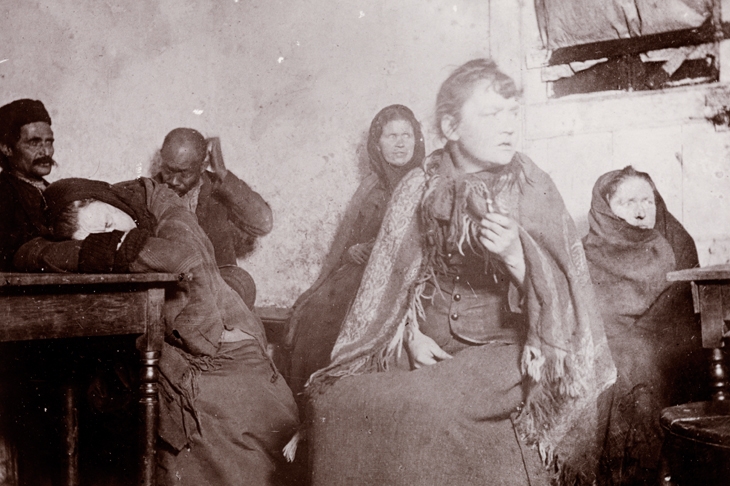All photography requires light, but the light used in flash photography is unique — shocking, intrusive and abrupt. It’s quite unlike the light that comes from the sun, or even from ambient illumination. It explodes, suddenly, into darkness.
The history of flash goes right back to the challenges faced by early photographers who wanted to use their cameras in places where there was insufficient light — indoors, at night, in caves. The first flash photograph was probably a daguerreotype of a fossil, taken in 1839 by burning limelight. For the next 50 years, photographers experimented with limelight, which was familiar from theatre illumination, with portable battery-driven lights — which Nadar used in his well-known photos of the Paris catacombs — and with magnesium. Magnesium was available in pulverised form and blown through a flame, or ignited in lengths of wire, or mixed into various unstable, if brightly explosive compounds.
Then, in 1887, as magnesium extraction suddenly became much cheaper, a composite flash powder was invented by the German chemists Adolf Miethe and Johannes Gaedicke. They called it ‘Blitzlichtpulver’, or ‘lightning light powder’, borrowing associations of awe, grandeur and sublimity from naturally occurring flashes of electrical energy. This powder could be exploded in ‘flash guns’ — some even looked like pistols, adding to the atmosphere of panic that often attended early flash explosions — or ignited on a tray. It was available for do-it-yourself mixing; supplied on impregnated sheets or made into small explosive devices rather like tea bags.
In its early days, a sense of quasi-divine revelation was invoked by some flash photographers, especially when documenting deplorable social conditions. Jacob Riis, for example, working in New York in the late 1880s, used transcendental language to help underscore flash’s significance as an instrument of intervention and purgation.








Comments
Join the debate for just £1 a month
Be part of the conversation with other Spectator readers by getting your first three months for £3.
UNLOCK ACCESS Just £1 a monthAlready a subscriber? Log in